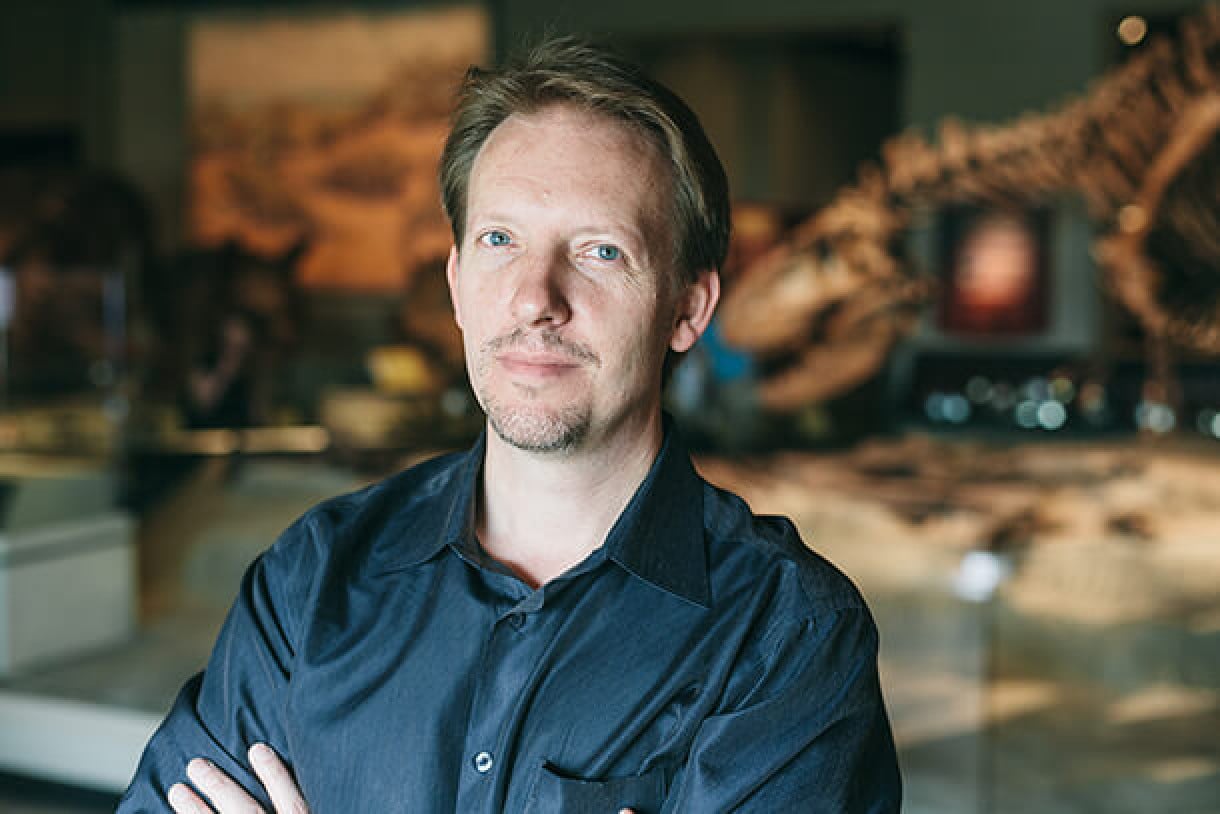
What do we see when dying? How a psychedelic trip can trigger at life’s end, and why we need to be better prepared for it
- DMT produced in the dying brain can create a hallucinatory near-death experience, studies say, a potentially transformative experience that for most is too late
- We don’t have to wait for our life’s end or take LSD to have those feelings, Stephen Asma says – we need only pay closer attention to our dreams and imaginings
My father died this year of cancer. In the end, he was brought home from the hospital to die with his family around him, and I’m grateful for that. He was resigned to his inevitable end, and we were able to say goodbye.
Under the careful ministrations of hospice nurses, my father experienced his final day on a morphine-fuelled trip that would have made psychedelic pioneer Timothy Leary jealous.
As far as I know, it was his first and last extended psychedelic experience. None of the healthcare providers ever mentioned to us (or to him) that he’d be visiting the origin of the universe, seeing God and reliving his emotional childhood. But that’s what seemed to be happening as we sat around his bed.
Some research suggests that DMT (N, N-Dimethyltryptamine) is produced inside the dying brain and sparks a hallucinatory near-death experience – including feelings of transcending your body, travelling through alternative realms, communicating with sentient entities and so on.

It’s unclear whether the morphine or the DMT is more responsible for the final magic carpet ride.
In what ways can the psychedelic imagination be “transformative”?
The science of psychedelics is having a renaissance, and the research is helping us understand the mind better and provide fresh therapeutic options. Psychotropic substances engender psychological and philosophical states that reveal important features of the self and consciousness.
Instead of anxiety about the weird parts of our psyches, our culture should teach us to grapple with them and integrate them starting at an early age
These altered states loosen the tyranny of task-based consciousness, and they also suspend the ego’s usual dominance – letting us feel connected to everything.
After the scientific revolution and the Enlightenment, the West came to see nature as a giant machine and human beings as fungible cogs. We stopped thinking about nature as symbolic, purposeful or infused with drama.

Psychedelic imagination can re-enchant nature and self, activating purposeful and even poetic perspectives that were expunged by modernism. Such experiences may also help us find universal hidden “grammars” of imagination.
Are there common archetypes uniting us all throughout the ages – from the shaman painters in France’s Lascaux caves to writers Dante Alighieri, Aldous Huxley and Philip K. Dick?
Altered states are surprisingly common ground for artists and religious people, though they rarely notice the connection. As piano great Bill Evans once said, art “should teach spirituality by showing a person a portion of himself that he would not discover otherwise. It’s easy to rediscover part of yourself, but through art, you can be shown part of yourself you never knew existed.”
Instead of anxiety about the weird parts of our psyches, our culture should teach us to grapple with them and integrate them starting at an early age. “Tripping balls” – to experience a severe drug-induced hallucinatory trip – is not just for bohemians. Your conservative grandma is probably going on a magical mystery tour, too, whether she wants to or not.
If I had known that my father was going to rocket across the universe at the end of his life, we could have talked to him and helped him prepare.
Hearing him spontaneously cry out in wonder, fear and joy was difficult. My brother looked at me at one point and said, “He’s on one hell of a journey now.” I felt some comfort at the idea that he wasn’t having random pleasures and pains but maybe making some kind of pilgrim’s progress.
Since his passing, several people have confided in me that their loved ones also had a psychedelic end. It’s far more common than we think.
Your loved ones and you, too, may be on that same journey one day. It would be better if we had a more open-minded and honest way to prepare for it.
Stephen Asma is professor of philosophy at Columbia College Chicago. He is the author of The Evolution of Imagination, On Monsters, and Why We Need Religion, among other titles.

